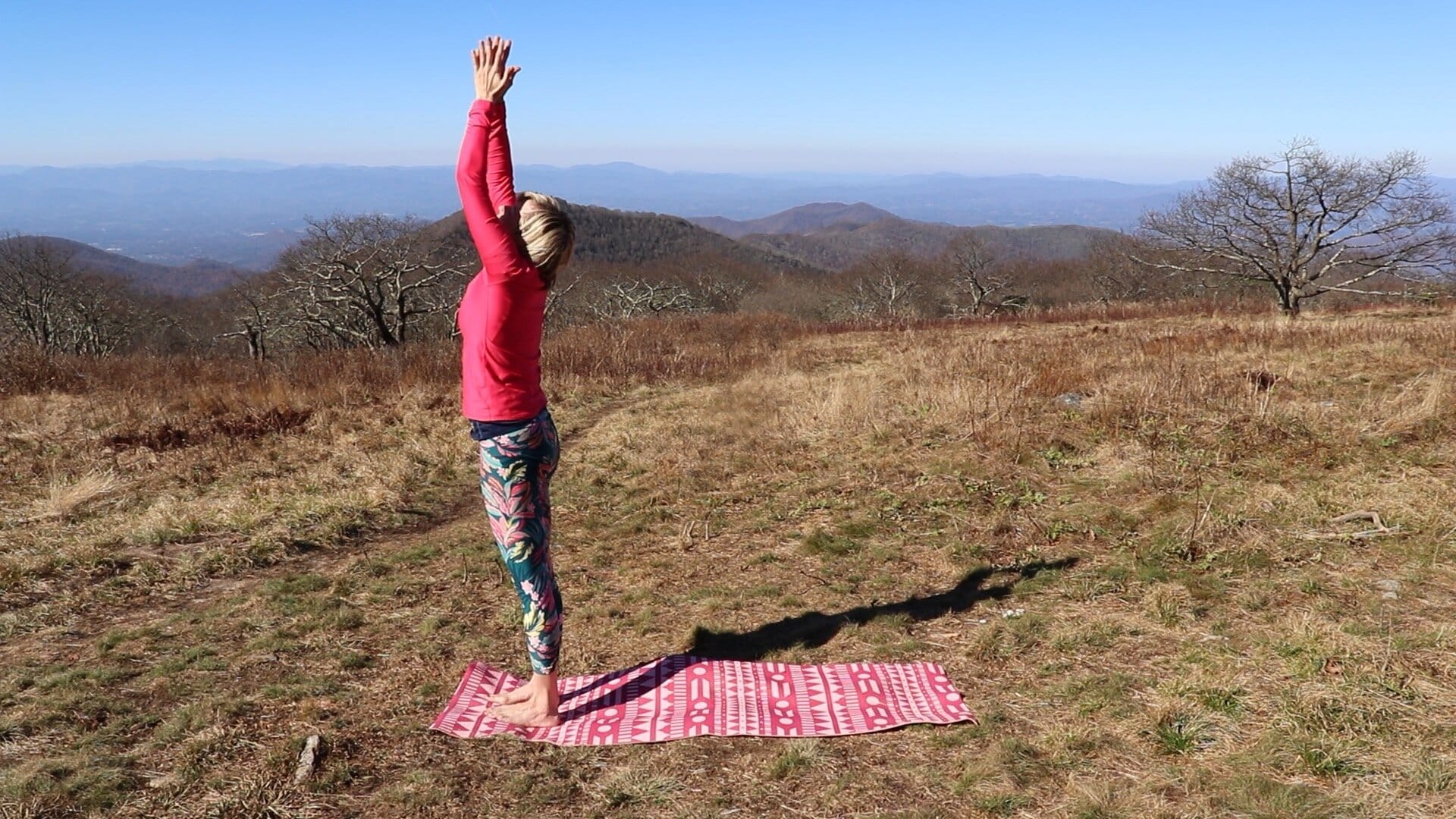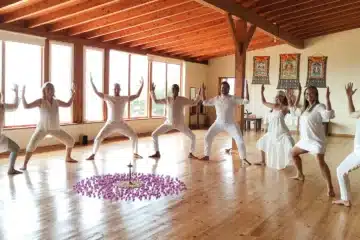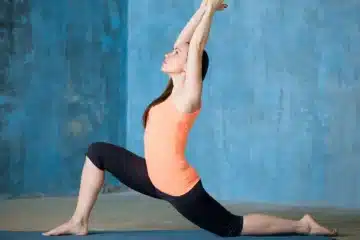Hatha Yoga, a traditional form of yoga practice, encompasses a wide array of postures and sequences aimed at achieving physical, mental, and spiritual balance.
Among its many practices, Surya Namaskar, also known as Sun Salutation, holds a special place. It is not only a sequence of postures but a ritualistic salute to the sun, the source of life and energy.
In this guide, we will delve into the intricacies of Hatha Yoga Surya Namaskar sessions, exploring its benefits, techniques, and variations.
Understanding Surya Namaskar
Surya Namaskar is a dynamic sequence comprising a series of twelve postures performed in a flowing manner. Each posture is synchronized with the breath, creating a harmonious rhythm that invigorates both the body and the mind.
The sequence is traditionally performed at dawn, facing the rising sun, but it can be practiced at any time of the day to reap its numerous benefits.
Benefits of Surya Namaskar:
- Physical Fitness: Surya Namaskar offers a comprehensive workout, targeting all major muscle groups and promoting flexibility, strength, and endurance.
- Improved Circulation: The rhythmic movements of Surya Namaskar stimulate blood circulation, enhancing oxygen supply to the cells and promoting detoxification.
- Mental Clarity: The meditative aspect of Surya Namaskar calms the mind, reduces stress, and improves concentration and focus.
- Energy Boost: Performing Surya Namaskar revitalizes the body, leaving you feeling energized and rejuvenated throughout the day.
- Spiritual Connection: By honoring the sun, Surya Namaskar fosters a sense of gratitude, reverence, and connection to the natural world.
Technique of Surya Namaskar:
- Begin in Tadasana (Mountain Pose), standing tall with feet together and palms joined at the heart center.
- Inhale and raise the arms overhead, arching back gently into Ardha Uttanasana (Half Forward Bend).
- Exhale and fold forward into Uttanasana (Forward Bend), placing the hands beside the feet.
- Inhale and step the right leg back into Ashwa Sanchalanasana (Low Lunge), looking upward.
- Exhale and step the left leg back into Adho Mukha Svanasana (Downward-Facing Dog), forming an inverted V shape.
- Inhale and lower the knees, chest, and chin to the floor, coming into Ashtanga Namaskara (Eight-Limbed Pose).
- Inhale and slide forward into Bhujangasana (Cobra Pose), lifting the chest and arching the back.
- Exhale and lift the hips, coming into Adho Mukha Svanasana (Downward-Facing Dog) once again.
- Inhale and step the right foot forward between the hands, returning to Ashwa Sanchalanasana (Low Lunge).
- Exhale and step the left foot forward to meet the right, folding into Uttanasana (Forward Bend).
- Inhale and rise up, stretching the arms overhead in Ardha Uttanasana (Half Forward Bend).
- Exhale and return to Tadasana (Mountain Pose), palms joined at the heart center.
Conclusion
Hatha Yoga Surya Namaskar sessions offer a holistic approach to health and well-being, integrating movement, breath, and mindfulness.
Whether practiced as a standalone routine or incorporated into a larger yoga practice, Surya Namaskar holds the potential to transform not only the body but also the mind and spirit.
By embracing this ancient ritual, we can cultivate vitality, balance, and harmony in our lives, aligning ourselves with the radiant energy of the sun and the universe.



